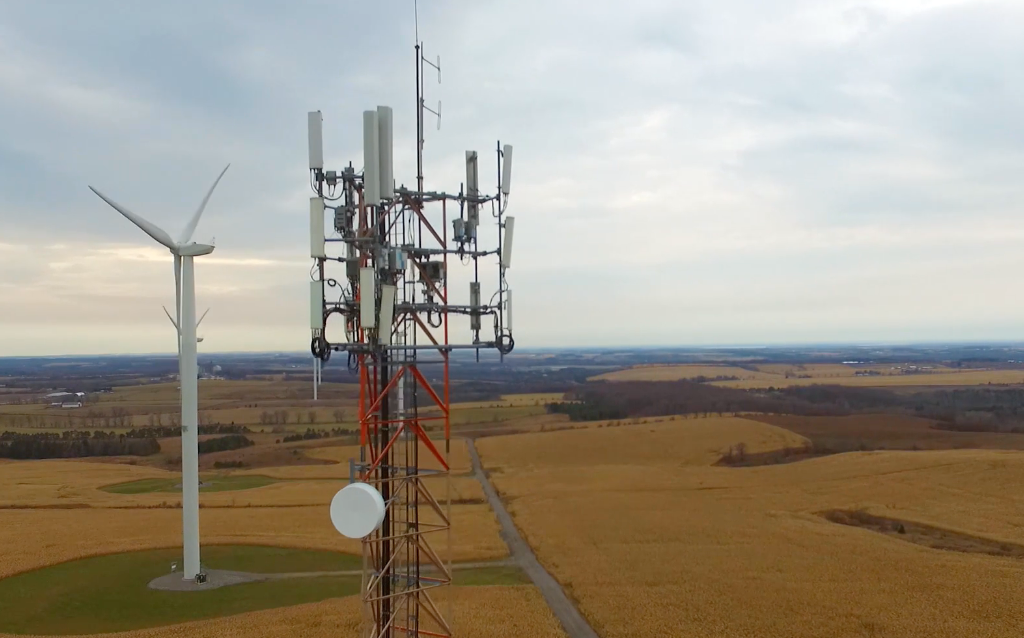3500 MHz auction finally launches; valuable mid-band spectrum to come with new deployment requirements
Broadcast | 06/15/2021 6:30 pm EDT
Bidding opened Tuesday morning in what will be a weeks-long auction in some of the most coveted wireless assets — spectrum along the 3,500 MHz band — after a year-long delay.
The band of spectrum is widely seen as crucial for the deployment of 5G networks and the auction will have — according to government officials — some of the strongest deployment requirements of any spectrum auction to date.
According to officials, spectrum licensees with existing wireless networks will be expected to put whatever spectrum they gain at auction to use quickly, with 30 per cent of the population in an urban setting served within five years, 50 per cent within 10 years, and 70 per cent served within 20 years.
For rural areas, licenses with already existing wireless networks have a slightly longer leash, with 20 per cent of the population covered within seven years, 40 per cent in 10 years, and 60 per cent within 20 years.
For those providers who are deploying spectrum within their own footprints in urban areas, the new spectrum will have to cover 90 per cent of the population within five years, 97 per cent within seven years, and 95 per cent of the surrounding rural areas within 10 years.
The department of Innovation, Science, and Economic Development (ISED), which runs the auction, is using smaller Tier 4 licensing areas,
Roughly in line with previous spectrum auctions, ISED has set aside 50 MHz of available spectrum in a given license area for smaller companies hoping to expand or build wireless networks. In most cases, officials say, that amounts to In the 2008 advances wireless spectrum (AWS-1) auction, ISED allocated roughly 40 per cent of available spectrum for set aside bidder, will in the AWS auction in 2015 the figure was 60 per cent, while in the 2019 600 MHz auction the department set aside some 40 per cent.
There are also new deployment conditions placed on that set aside spectrum, where holders of licenses for set aside spectrum will have to at least meet the first deployment conditions before the Innovation Minister will approve a transfer of that spectrum. The measure is specifically designed to discourage what is called “squatting,” where companies purchase spectrum, don’t use it to deliver services, and then sell it at a profit.
There are no such specific restrictions on the non-set aside spectrum, but would still be subject to the minister’s approval.
So what kind of money will companies spend?
It is difficult to predict, but a recent auction in the U.S. shows that it could be higher than many predictions.
According to Deloitte Canada’s director of technology, media and telecommunications research Duncan Stewart, the trend in the last year is that auctions of spectrum needed for 5G has been bringing in more money than expected.
An auction for a similar strip of mid-band spectrum in the United States, Stewart said in a phone interview, went “massively” better than expected, netting close to $90 billion.
Stewart said the money generated in the auction “threw” him.
“It threw a lot of people — in the sense of the value that carriers see for spectrum in a very comparable market to Canada is significantly higher than most people would have anticipated,” he said.
For Stewart, one of the main drivers of the price increases has been the scarcity of the resource.
“The single biggest reason to own spectrum is so somebody else doesn’t,” he said. “The competitive dynamic is most of what has changed in the last 12 to 24 months. Because a little while ago they thought prices were going down.”
Like it was in 2014 on the 700 MHz auction, Rogers Communications Inc. was the big spender in the 2019 600 MHz auction, splashing out some $1.7 billion for licenses in what was seen as the last chance to get low-band spectrum, followed by Telus Corp. spending $931.2 million, while BCE Inc. sat out the auction entirely in a move which surprised many analysts.
The 3,500 MHz band going up for auction Tuesday is crucial for 5G, because it sits in a “sweet spot,” balanced between the good coverage of the lower bands currently used for 4G service, with the very high speeds of the mmWave bands, according to Chief Technology Officer for Nokia Corp.‘s North and South America division, Mike Murphy. (In February 2020, BCE Inc. chose Nokia as its first 5G hardware supplier.)
The good coverage area afforded by mid-band spectrum means that telecom companies don’t have to do massive infrastructure builds in order to use the asset.
“You don’t have to go out there and deploy 10 times more towers out there to deploy mid-band,” Murphy said. “You can get very good coverage with the existing sites you have today, whether they be towers or rooftops, or whatever.”
This allows companies to close the digital divide in rural areas and facilitates connectivity in the work-from-home context of the COVID-19 pandemic. All of that makes the 3,500 MHz band particularly valuable.
What’s more, there’s not a lot of spectrum left, Murphy said. “Especially for this midband, it’s really do or die for a provider these days.”
“There’s just not a lot left, that is the so-called sweet spot, and if you don’t get it, that’s essentially a lifetime penalty you have. You can’t make up for it by waiting two years and buying mmWave, for example,” he said.
Murphy added that the “rule of thumb” at Nokia is that companies need 100 MHz of spectrum to “deliver on the true promise of 5G,” and that the spoils of the upcoming 3,800 MHz auction will get the companies close to that level when added to the ongoing 3,500 MHz auction.
— Reporting by Michael Lee-Murphy at mleemurphy@thewirereport.ca and editing by Jenna Cocullo at jcocullo@thewirereport.ca.

